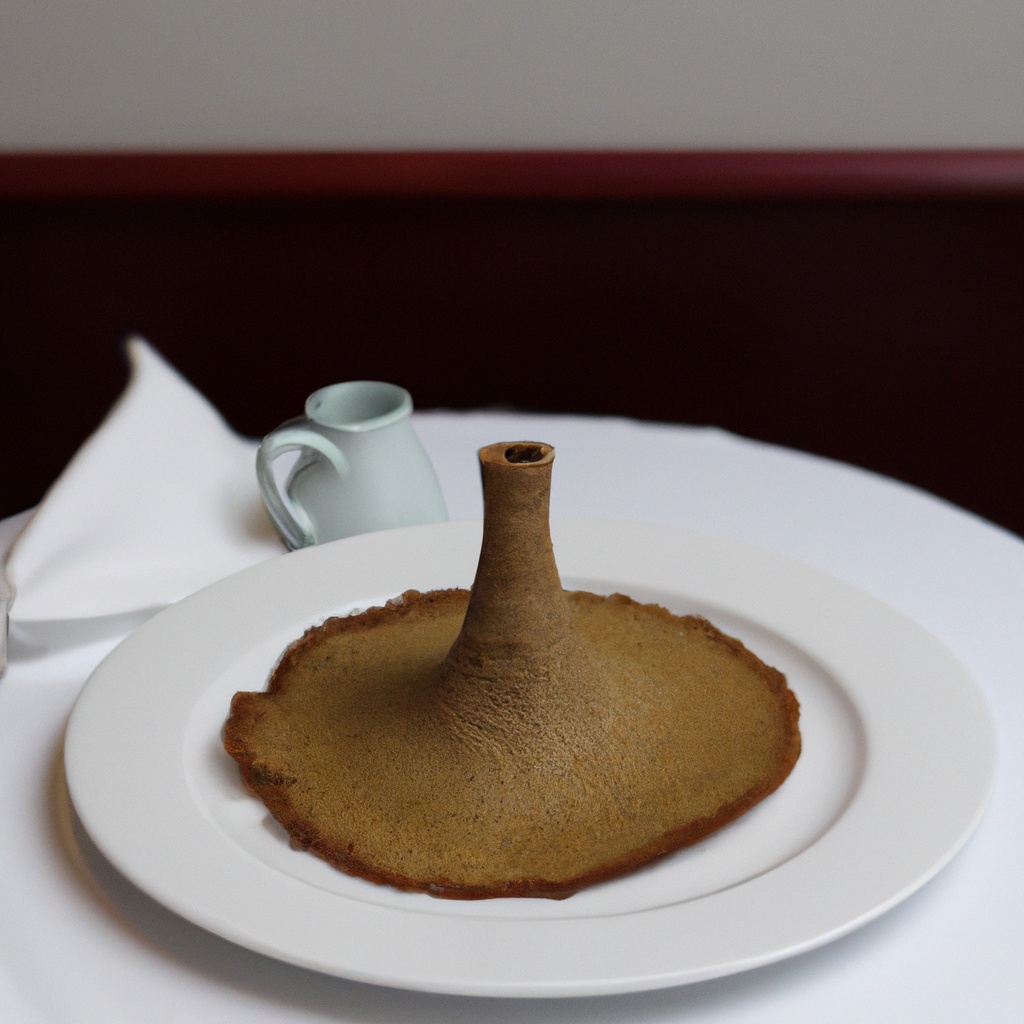PROS
Injera is gluten-free, nutritious, and has a unique texture and taste that complements many Ethiopian dishes.
It is also quick and easy to prepare, making it a great addition to your weeknight dinners.
CONS
Teff flour is not commonly available in the Western world, meaning it can be difficult to find.
Additionally, some people may not enjoy the slightly sour taste of fermented injera.
HEALTH & BENEFITS
Injera is high in fiber, iron, and calcium, making it a healthy addition to your diet. Teff flour is also rich in antioxidants and has been shown to help manage type 2 diabetes.



/rating_off.png)
Leave a Reply